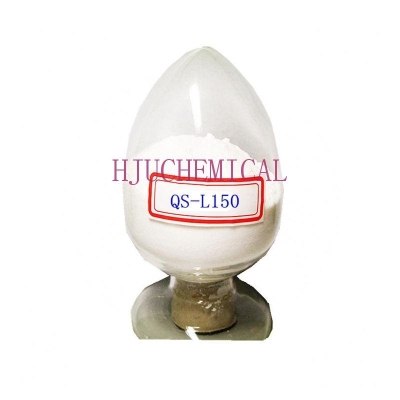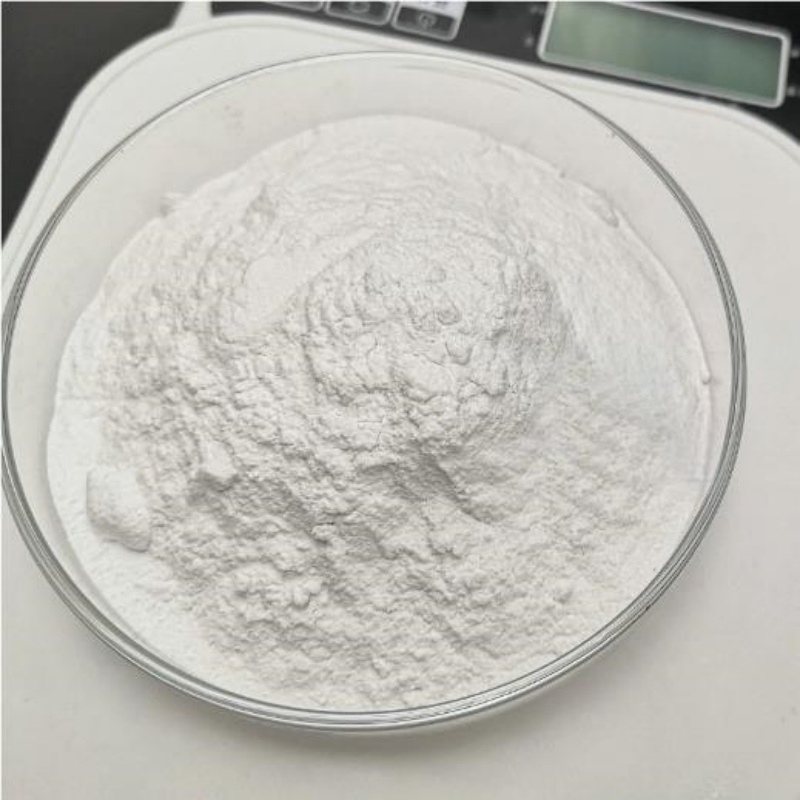-
Categories
-
Pharmaceutical Intermediates
-
Active Pharmaceutical Ingredients
-
Food Additives
- Industrial Coatings
- Agrochemicals
- Dyes and Pigments
- Surfactant
- Flavors and Fragrances
- Chemical Reagents
- Catalyst and Auxiliary
- Natural Products
- Inorganic Chemistry
-
Organic Chemistry
-
Biochemical Engineering
- Analytical Chemistry
-
Cosmetic Ingredient
- Water Treatment Chemical
-
Pharmaceutical Intermediates
Promotion
ECHEMI Mall
Wholesale
Weekly Price
Exhibition
News
-
Trade Service
In January 2018, the European Commission adopted the first European-wide plastics strategy, prompting international consumer and chemical giants to enter the plastics chemical cycle
.
Europe's Plastics Strategy
Europe's Plastics StrategyAt present, the plastic recycling rate in the world is only 15%, and in Europe it is 40%-50%.
highest area in the world
.
At present, the plastic recycling rate in the world is only 15%, and in Europe it is 40%-50%.
In 2018, the European Commission released the "Plastic Strategy in the European Circular Economy", proposing that by 2030, all plastic packaging in the EU market must be reused or recycled
.
1.
2.
Enhance plastic reduction at the source and promote recycling
Enhance plastic reduction at the source and promote recycling
Strengthening plastic reduction at the source should be the main direction of future plastic policies
.
Strengthening plastic reduction at the source should be the main direction of future plastic policies
.
3.
The "alternative plan" of recycling means that in order to cope with the unavoidable use of plastics, policies should be developed to encourage manufacturers to improve the durability of products, and to set a minimum recycling content (that is, a plastic package contains at least the amount of recycled material ratio)
.
The Giants' Goal The Giants' Goal
01Consumer giants
01Consumer giantsCoca-Cola has committed to achieve 50% of the use of recycled plastics in 2030.
In addition, in 2025, Pepsi has a target of 33%, Nestlé Water Products has a target of 50%, and Unilever has a target of 25%.
.
.
In addition, in 2025, Pepsi has a target of 33%, Nestlé Water Products has a target of 50%, and Unilever has a target of 25%.
.
.
02Chemical giants
Dow will supply products containing 100,000 tons of recycled plastics to European customers in 2025; INEOS promises 100% recyclable polymer products; SABIC has confirmed the establishment of a European waste plastic chemical recycling plant, and is expected to start commercial production in 2021.
.
.
.
.
Chemical recycling of waste plastics in China
Chemical recycling of waste plastics in China Chemical recycling of waste plastics in ChinaAt present, the mainstream way of processing waste plastics in China is to mix it with domestic waste or dry waste for incineration
.
At present, the mainstream way of processing waste plastics in China is to mix it with domestic waste or dry waste for incineration
.
Kemao Environment is committed to using original and internationally leading chemical recycling technology, so that waste plastics in China and the world are no longer garbage, but a new type of energy that can be recycled
.
As the only sponsor of the China Waste Plastics Association Green Petrochemical Technology Center, after 10 years of technical precipitation, Kemao Environment has the first fully licensed mixed waste plastic chemical recycling plant in China, which can recycle mixed waste plastics without fine separation.
In the case of cleaning and cleaning, molecular-level dismantling and reorganization are carried out to produce raw material oil or food-grade new plastic raw materials, and at the same time, the production of dioxins is fundamentally avoided
.







